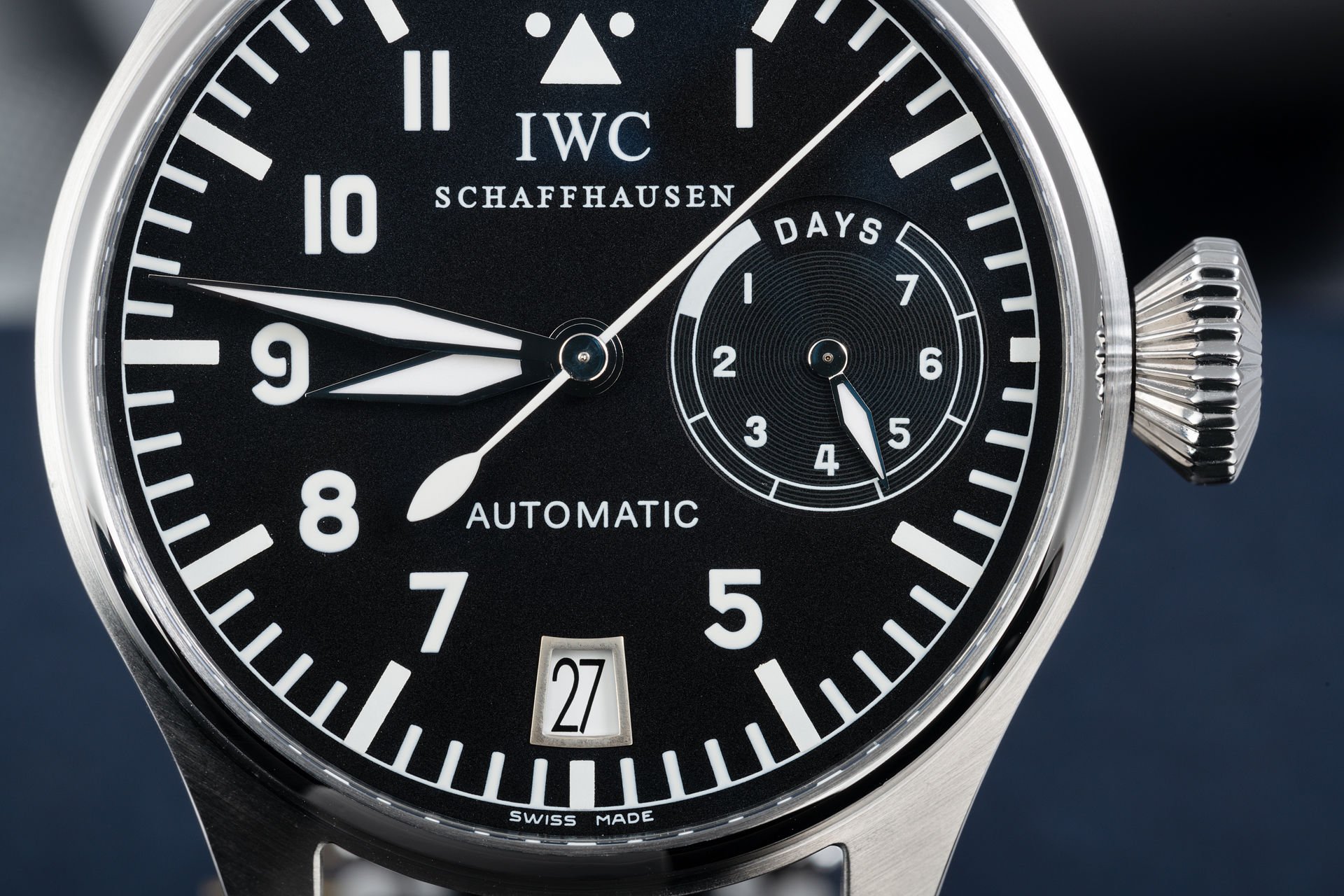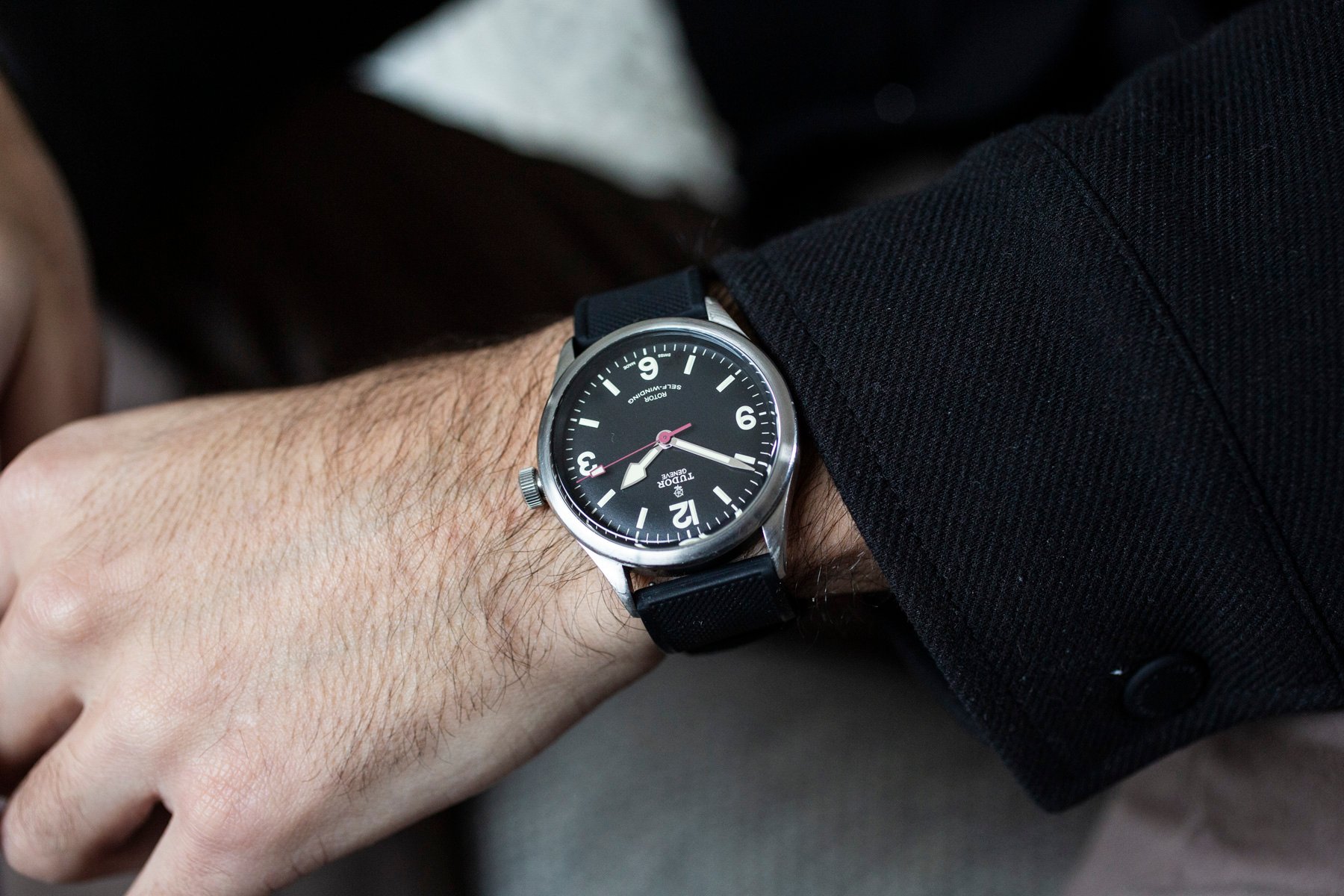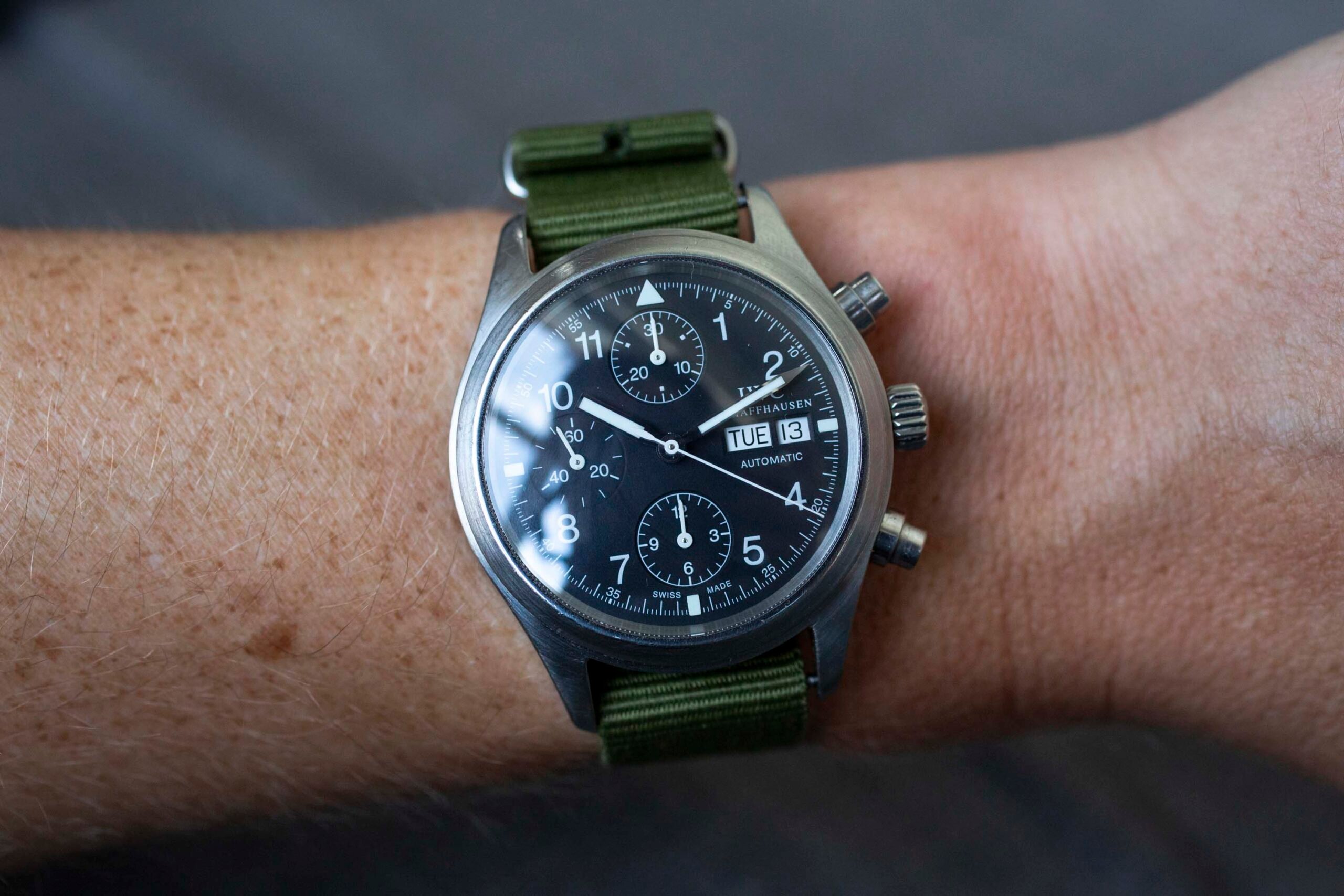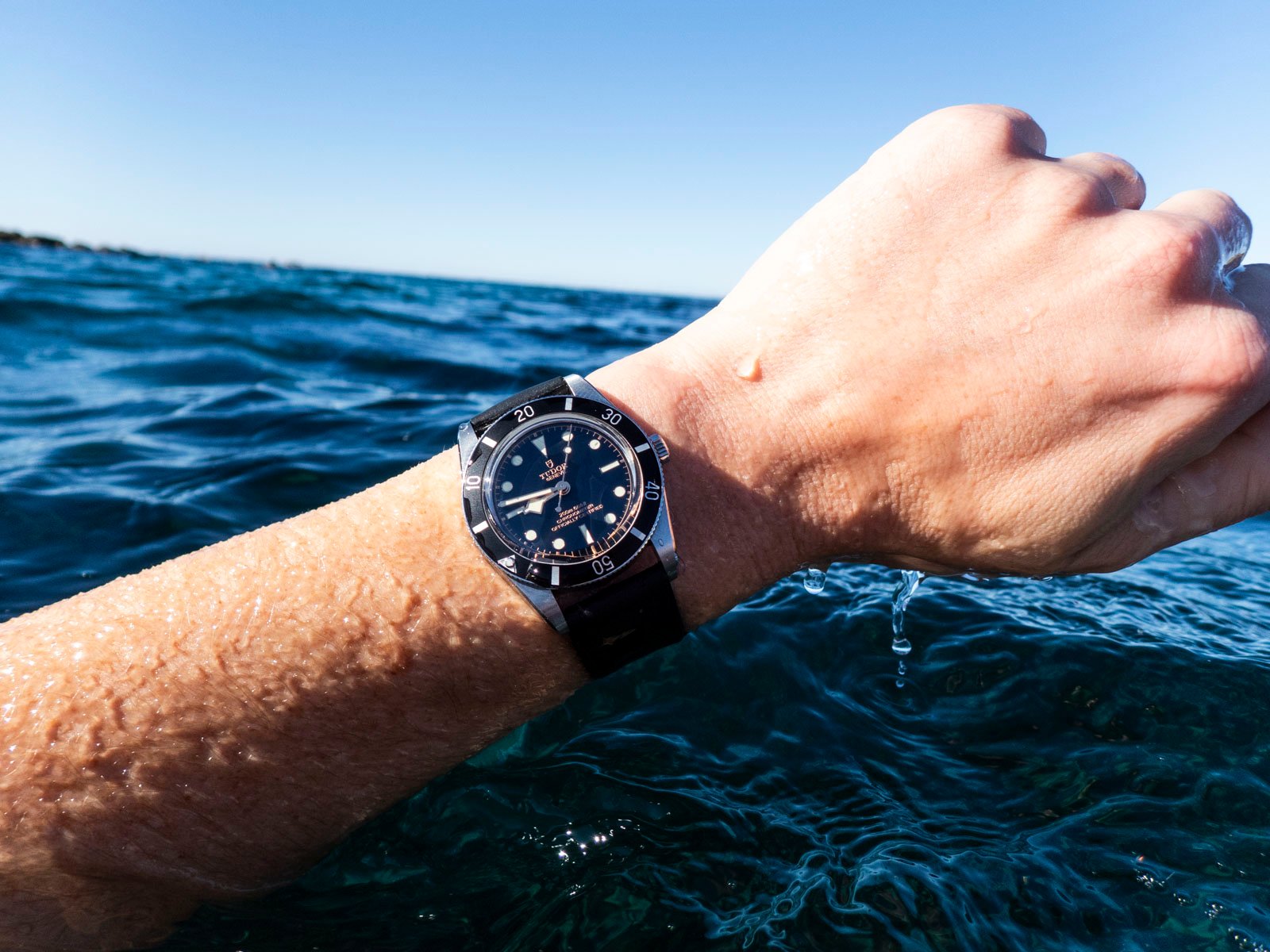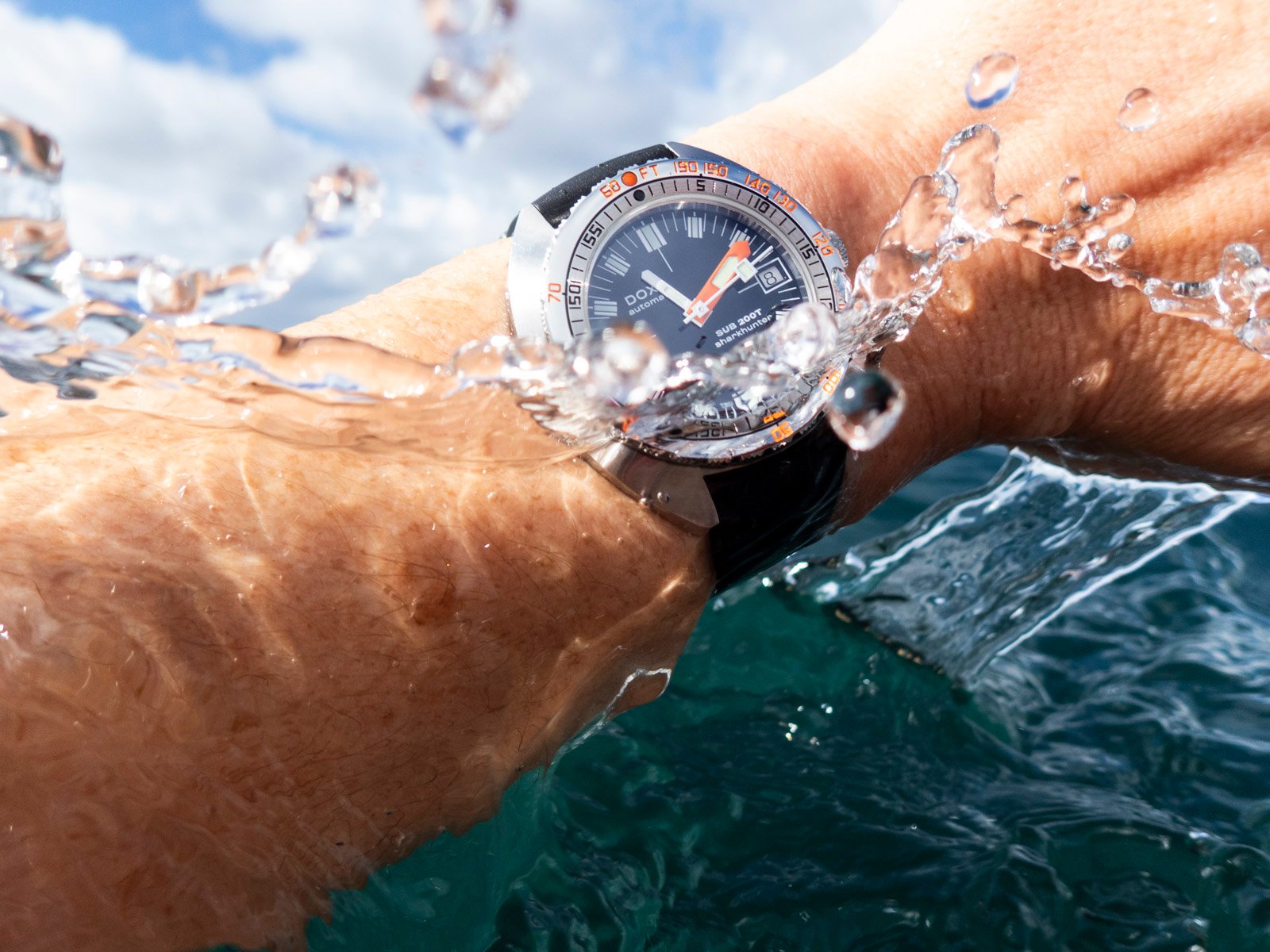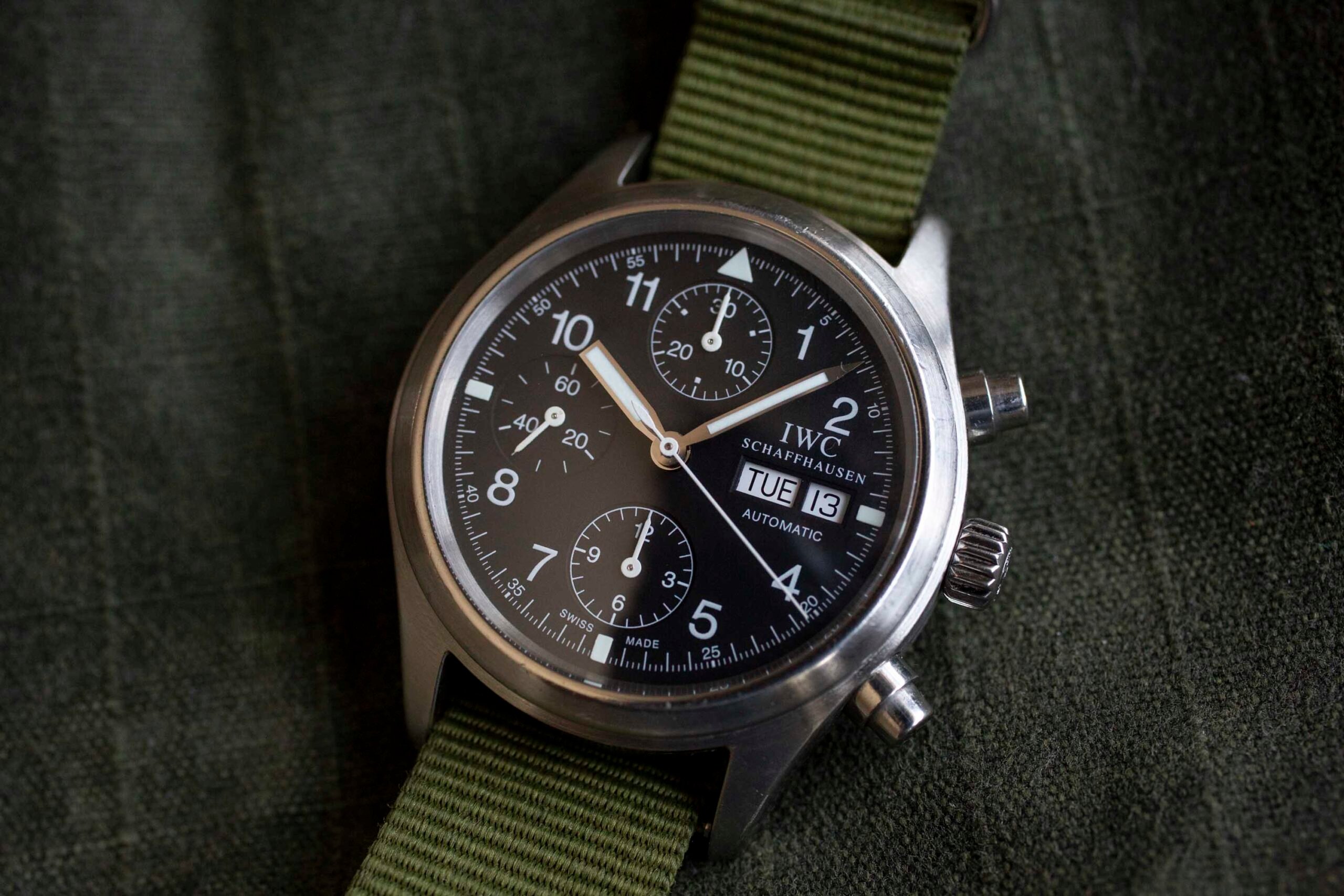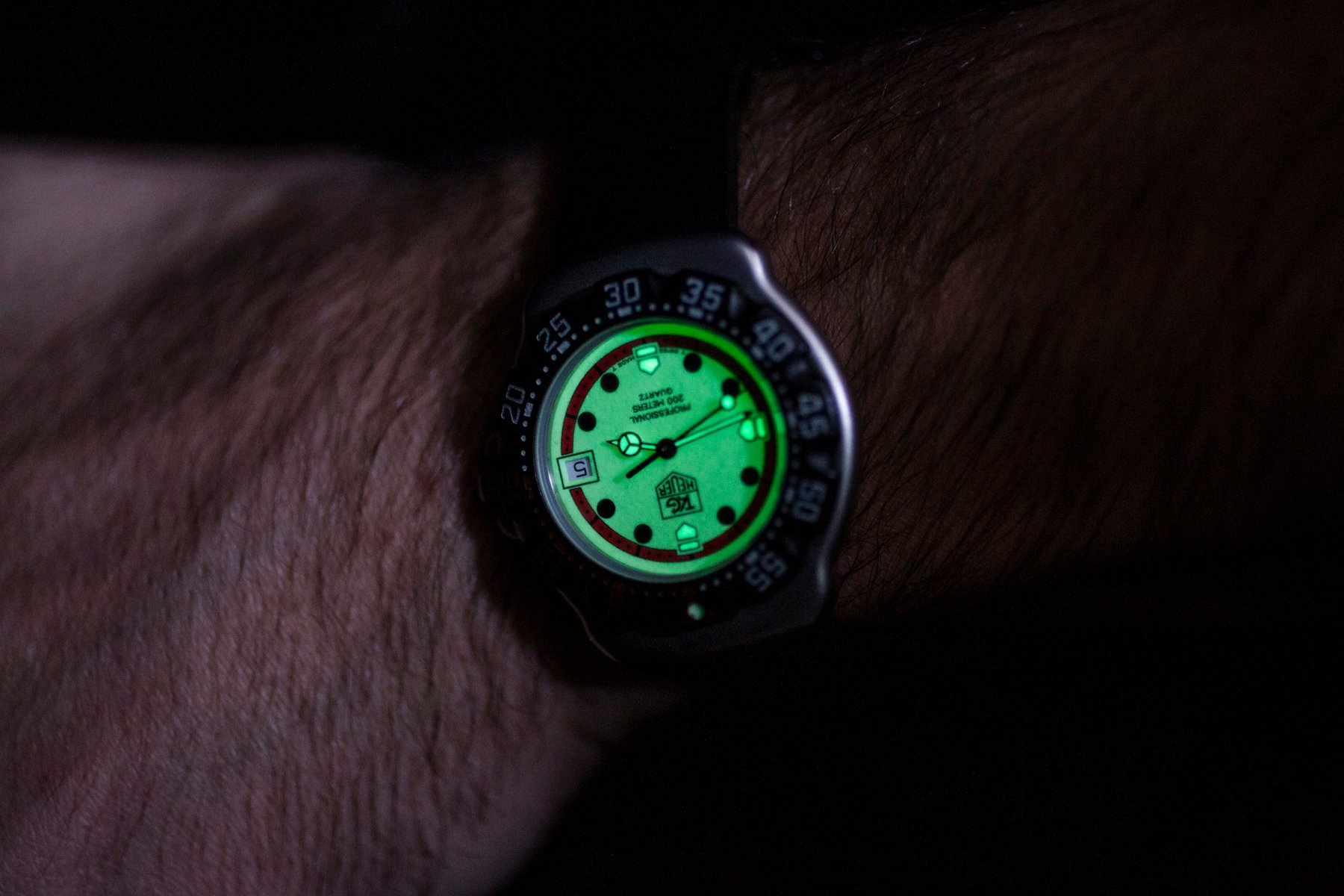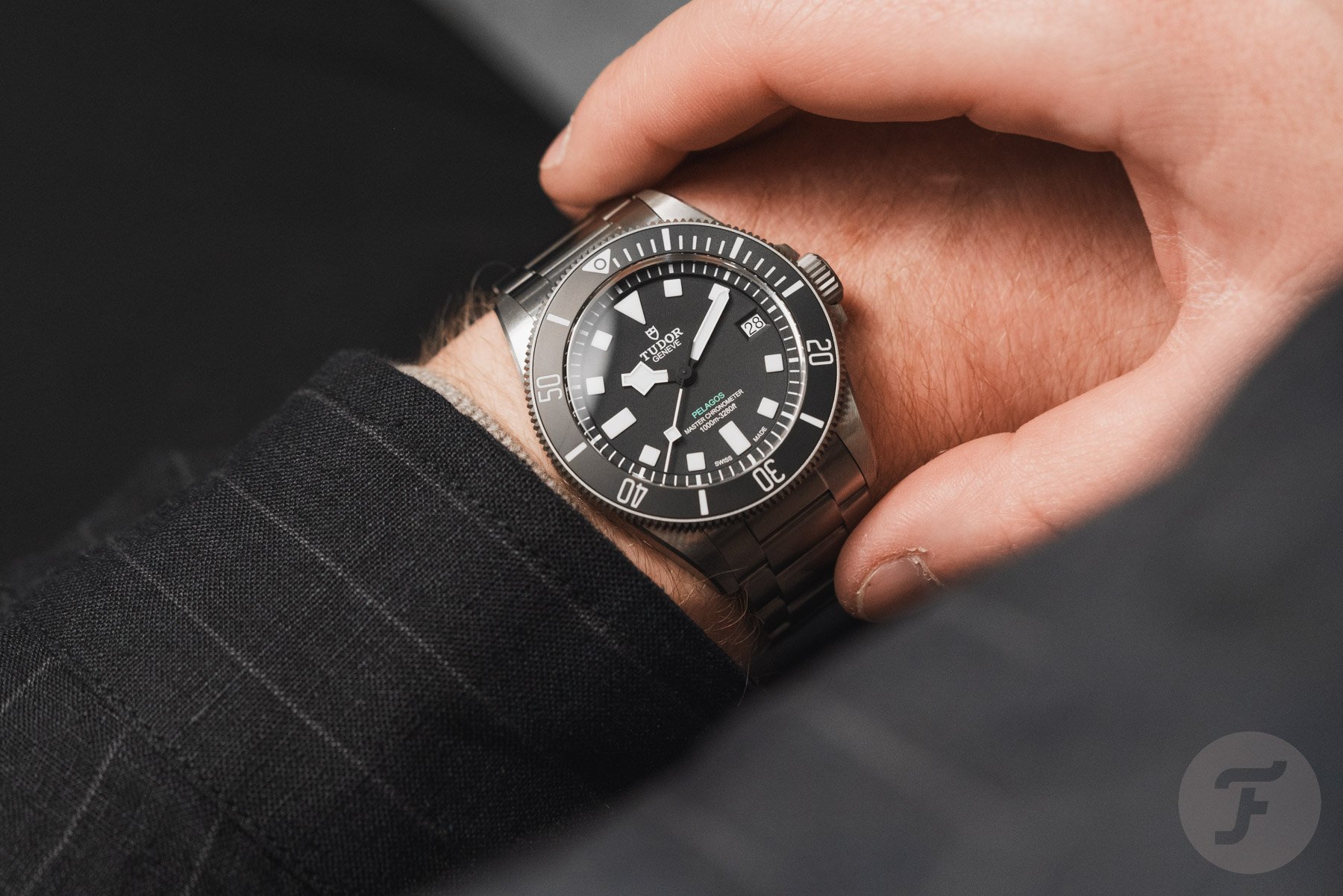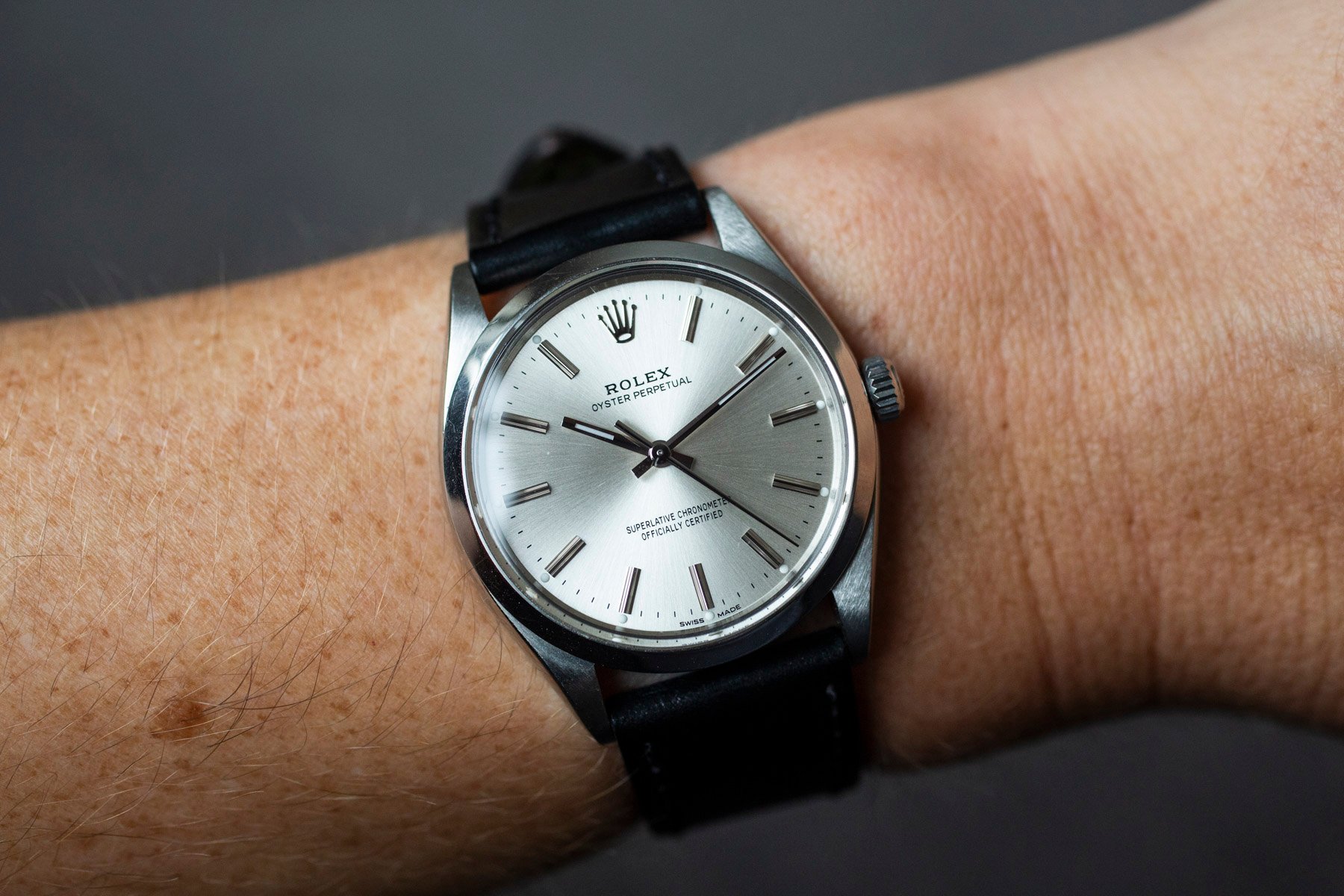Neo-Vintage Case Sizes Were Spot On — Are We Seeing A Return?
It’s funny how things can come right back around in the world of luxury, fashion, and design. As someone once said, fashion is fleeting, but style lasts forever. The same can be said for watches, and we need only rewind the clock 20 years to see a host of designs with sweet-spot 37–40mm case sizes. Then, something happened in the 2000s, and everything got bigger. Now we’ve seen a return to that sweet spot for case sizes. Today, I am looking at an example of a neo-vintage watch design, the IWC Fliegerchronograph 3706, to help illustrate this cycle.
Case size is one of the most prominent topics in the comments on any new watch review. The number of times I have read “If only it were in 40mm,” or “If only the case were 2mm smaller,” and similar comments is beyond count. I think that this reflects a genuine passion in the watch community for what many of us might consider a sweet-spot size. At this year’s Watches and Wonders, we saw a notable range of case sizes offered by brands. Tudor, for example, decided to expand its 43mm offerings while also refining its 39mm watches (the Tudor Black Bay 58 and Tudor Black Bay Pro with opaline dial).
The IWC Fliegerchronograph 3706: a lesson in case size
Sure, other factors besides diameter have an equally significant impact on the wearing experience of a watch. Not the least of these is the lug-to-lug measurement. A long lug-to-lug can distort a wearing experience and make something overhang the wrist in an ungainly way. An overly thick or bulky case can make a watch feel top-heavy as well.
However, case diameters seem to regularly attract the most attention. On that note, I am looking at the IWC Fliegerchronograph 3706 to help illustrate the shifting sands of case sizes relative to the wearing experience. The reason I’ve chosen this particular reference is that it also reflects some of my thinking around thickness and lug-to-lug.
A lightning-fast recap
The 1990s (rather than the early 2000s) is when manufacturers started upping the size of their sports watches. Panerai watches first started going on sale to the public and were brought to wider attention thanks to Sylvester Stallone. The Luminor started at 44mm. Tool watches over 40mm began to become standard. By the early 2000s, the sizes of sports watches continued to grow. IWC introduced the 46mm Big Pilot’s Watch. TAG Heuer also released the Link series with 44mm cases. Rolex also introduced Datejust and Day-Date models in a 41mm size by the end of the decade.
By the 2010s, multiple big-name brands were leading the charge on large cases. The Tudor Heritage Ranger was an all-dial 41mm watch with a 22mm lug spacing, far larger than the original it was supposed to reference. Panerai had a 47mm Radiomir, and Breitling had a 49mm Navitimer. Slowly, however, things would change back.
Seeing these changes with IWC
The IWC Fliegerchronograph 3706 debuted in 1994, before the trend toward larger watches later that decade. It would stay in production until 2005, which is a relatively long run. But then came the IWC Chronograph 371704 to take its place, which bumped the case up to a 42mm diameter. That would come with a 21mm lug spacing and a 51mm length. Like so many other brands at the time, IWC was chasing the trend of larger watches.
IWC’s Fliegerchronograph 3706, with a 39mm case, is smaller than its successor. The 48mm length and 20mm lug spacing are also smaller. When wearing the 3706, however, I feel it fits remarkably well with current-day tastes. The 39mm case size feels like a sweet spot, being neither too large nor too small, even considering the 14mm+ thickness.
Modern tastes have moved back to smaller sizes
There is no shortage of examples of watch companies nowadays reducing the case sizes of their sports watches. Longines has introduced smaller versions of its Spirit collection, and the Tudor Black Bay 58 and 58 GMT have also reflected the trend toward smaller sizes, underlined by the release of the Black Bay 54. Last year, Doxa released a more compact version of the cushion-cased Sub 300T, calling it the Sub 200T. This 39mm dive watch shows that it’s not just the big players who have paid attention to the shifting tastes in the market.
It would not have been all that long ago when the concept of a 37mm dive watch like the Tudor Black Bay 54 would have shocked the market. Now the concept has become normal again. I also realize that preferred case sizes may shift depending on the type of watch in question. For example, a 34mm dress watch can work well, whereas a sports watch works better with a 38mm or 39mm case. So, dear Fratelli, let’s keep that in mind while considering what our optimum case size would be!
Where to from here?
Is this a fleeting moment of fashion, like the trend of larger watches in the 2000s, or do 37–40mm cases truly hit the spot with evergreen sizes? I am here to argue that what we are seeing is a correction to the natural size of the average sports wristwatch. Rather than a moment of fashion, I feel mid-sized sports watches are the natural habitat of good style. In other words, they will endure as attractive options beyond the shifting sands of fashion.
Why do I feel this way? It’s not because I have smaller (roughly 15.9cm) wrists, nor is it that I generally prefer the design of smaller watches. No, I think it is because there is a heightened elegance to a mid- or smaller-sized watch on any wrist, large or small. If we look back at classic films or old photos in National Geographic, we can see explorers and movie stars sporting 34mm watches. These look fantastic! It was once perfectly normal for people, particularly men, to wear 34mm watches, even on their large wrists. Hopefully, this trend continues and we see a further normalization of that case size too.
Have we seen brands double down on larger case sizes?
Tudor recently unveiled enlarged versions of watches from its two leading lines — the Tudor Black Bay 68 and Pelagos Ultra, both with 43mm cases. The brand has made a habit of releasing watches that lead the conversation on case sizes in enthusiast circles. First, we saw this with the 39mm Tudor Black Bay 58, which became a smash hit for the brand. Then, we saw the release of the Black Bay 54 with its 37mm case.
For Tudor to release two new watches with a larger case size is something noteworthy, then. Sure, we saw other brands continue with the trend of making watches smaller, like IWC with its 35mm Ingenieur. It will be interesting to see if there’s a reversal of the trend of moving to smaller case sizes. Only time will tell.
Concluding thoughts
Now, case sizes are almost entirely a matter of personal taste, I get that. No doubt, many of you will have individual preferences. For me, the perfect case size is usually somewhere in the 34–39mm range. But the “sweet spot,” which is a compromise, is between 37 and 40. The IWC 3706 is an example of how watches from what we now call the neo-vintage era tended to wear better than the models that replaced them. Those successors were just too big or too wide, at least for people with tastes like mine.
With all of that said, Fratelli, I’d like to ask what your idea of the perfect case size is. Do you think we will continue to see a movement to even smaller watches as the norm? Let me know your thoughts in the comments.


